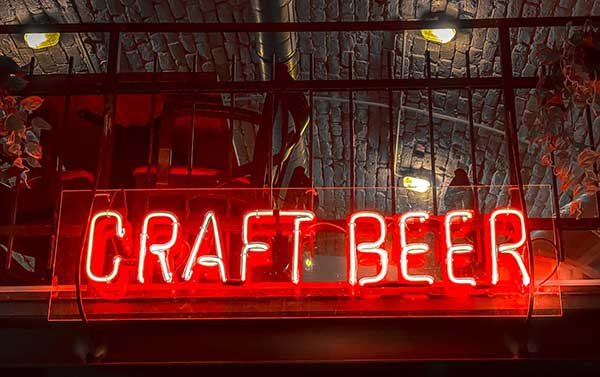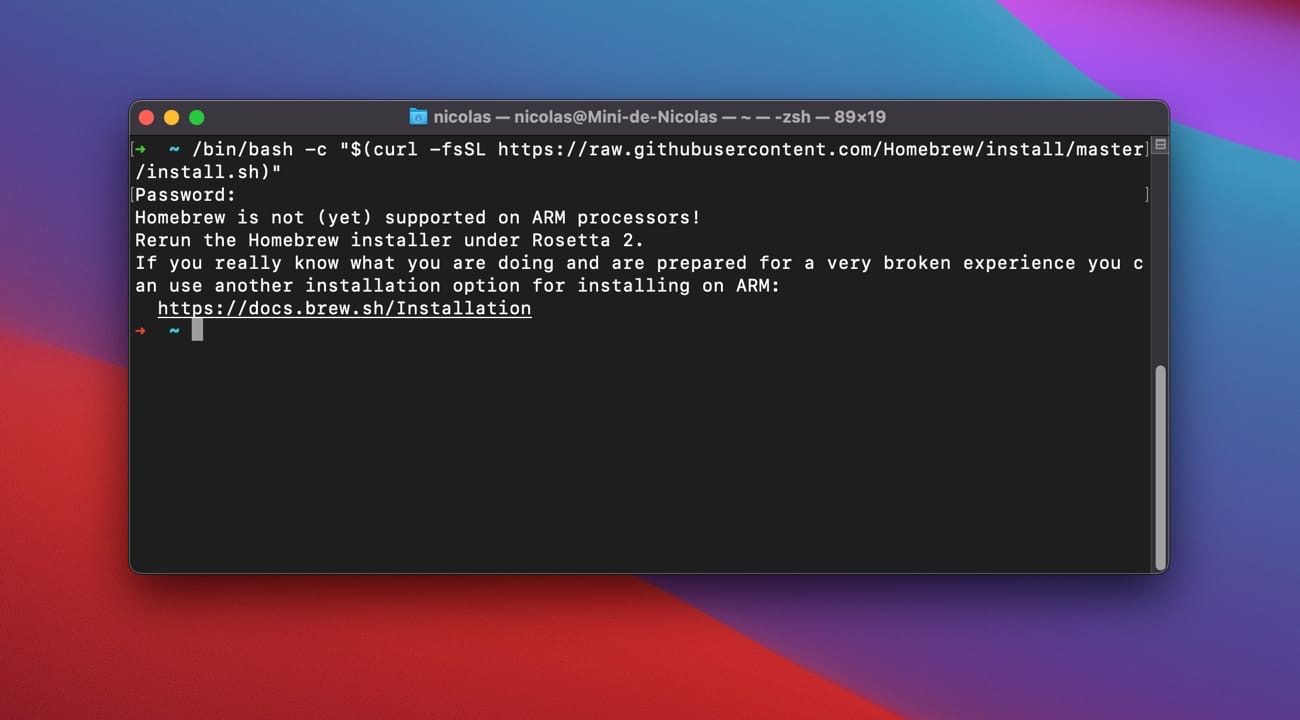$ brew install git. Apple ships a binary package of Git with Xcode. Binary installer. Tim Harper provides an installer for Git. The latest version is 2.32.0, which was released 17 days ago, on 2021-07-21. Building from Source. If you prefer to build from source, you can find tarballs on kernel.org. The latest version is 2.32.0. Install PHP 7.3 + xdebug on MacOS Catalina (with homebrew) Homebrew have relocated “php” formulas and renamed “php71” into “php@7.1” in 2018 making it quite difficult to and also. Make sure to check out Part One, How To Install Apache on macOS 10.15 Catalina Using Homebrew, which is a pre-requisite for this piece. In the past, I used to rely on the version of Apache and PHP that came pre-loaded with the OS on my MacBook Pro. I would then install the PHP extensions I needed (Xdebug, Redis, etc.) from Homebrew.
Install Command Line Tools
To install the command line tools to compile native extensions, open a terminal and run:
set SDKROOT (only macOS Catalina or later)
Install Any Version of Ruby on Mac OSX with Homebrew 04 Jan 2021 by admin No Comments With the recent release of Ruby 3.0, I thought it’d be a good idea to make my first post of the year on a quick how-to guide to installing the new (or any) version of Ruby. Install HomeBrew; Just copy and paste the line below in a terminal, and press enter. QGIS cannot be opened on Mac OS Catalina (QGIS is not notarized) Then you need to right-click on open.
Starting on macOS Catalina (10.15) the headers used for Ruby have been moved from their previous location which results in some gems, including Jekyll to fail installation. This can be solved by setting SDKROOT in your shell configuration to the value provided by xcrun.
Install Ruby
Jekyll requires Ruby v2.5.0 or higher.macOS Big Sur 11.x ships with Ruby 2.6.3. Check your Ruby version using ruby -v.
If you’re running a previous version of macOS, you’ll have to install a newer version of Ruby. Installation with Homebrew is simple if you’re only planning to use Ruby for Jekyll. Install with a version manager such as asdf, chruby, rbenv, or rvm if you need to switch among Ruby versions (instructions for rbenv are below). See the guide Install Ruby on Mac for details and recommendations.
With Homebrew
To run the latest Ruby version you need to install it through Homebrew.
Add the brew ruby and gems path to your shell configuration:
Relaunch your terminal and check your Ruby setup:
You’re now running the current stable version of Ruby!
With rbenv
People often use rbenv to manage multipleRuby versions. This is very useful when you need to be able to run a given Ruby version on a project.
Restart your terminal to apply your changes.Next, you can install the Ruby version you want. Let’s install the latest stable version:
That’s it! Head over to rbenv command references to learn how to use different versions of Ruby in your projects.
Install Jekyll
After installing Ruby, install Jekyll and Bundler.
Local Install
Install the bundler and jekyll gems:
Get your Ruby version:
Append your path file with the following, replacing the X.X with the first two digits of your Ruby version:
Check that GEM PATHS: points to your home directory:
Homebrew Install Mac Catalina 2020
Every time you update Ruby to a version in which the first two digits change, update your path to match.

Global Install


We recommend not installing Ruby gems globally to avoid file permissions problems and using sudo.
Homebrew Install Mac Catalina 2019
On Mojave (10.14)
Brew Install Openssl Mac Catalina
Because of SIP Protections in Mojave, run:
Before Mojave (<10.14)
Install Homebrew Mac Os Catalina
Run:
Homebrew Install Mac Catalina 2016
Troubleshooting
See Troubleshooting or ask for help on our forum.